Aswan High Dam
he High Dam was built 1960, and it was the most heralded part of President Gamal Abdel Nasser’s effort to ...
Opened in 1997, the Nubian Museum is a belated, but well-executed, tribute to the culture and influence of Nubia and the Nubian people on the history of Egypt. This ancient culture, every bit as old as that of Ancient Egypt, existed along the banks of the Nile for millennia in the areas we call southern Egypt and northern Sudan today.
It was nearly destroyed by the construction of the High Dam, completely submerging the ancient heartland of Nubia, and over 100,000 people to relocate. The museum houses a collection of artifacts from the Nubia region, which tell the story of the development of civilization in the southern Nile Valley from prehistory all the way through the pharaonic ages, the arrival of Christianity and Islam, and the construction of the dam in the 1960’s.
The plight of the Nubia people is a highly politicized issue. In the rush to develop the country in the 1950’s and 60’s, the Egyptian government did not provide adequate compensation or a sufficient planning to resettle the people whose livelihoods were affected by projects like the High Dam.
The preservation of Nubia’s cultural legacy was equally neglected. International organizations came in to move some of the most famous monuments of Nubia to high ground, like the Abu Simbel temples. Others were dismantled and shipped abroad as compensation for aiding this effort. The Dendar Temple that now stands in the New York Metropolitan Museum is one such gifted Nubian monument.
The Nubian Museum was intended to help rectify this injustice. While that may not be possible, especially since it still makes no mention of the consequences of the dam for the Nubian people, it is very effective at telling the story of the region and providing a glimpse of the culture that continues to exist here. Reconstructions of traditional Nubian houses with artwork salvaged from areas that are now underwater are particularly striking.
The museum is near the Fatamid Cemetery, which is full of small mausoleums dating from the 9th century. Some of the tombs here belong to local saints and they are decorated accordingly with flags and often visited by local people seeking blessings. The cemetery stands next to the ancient granite quarry where the Unfinished Obelisk is located. At nearly 140 feet long,
it would have been the largest obelisk ever carved by the ancient Egyptians. It was completely finished on three sides, but left attached to the bedrock when a flaw in the stone was discovered. Visit to these two sites along with the Nubian Museum make for a great day of activities all located within a small area to minimize walking.
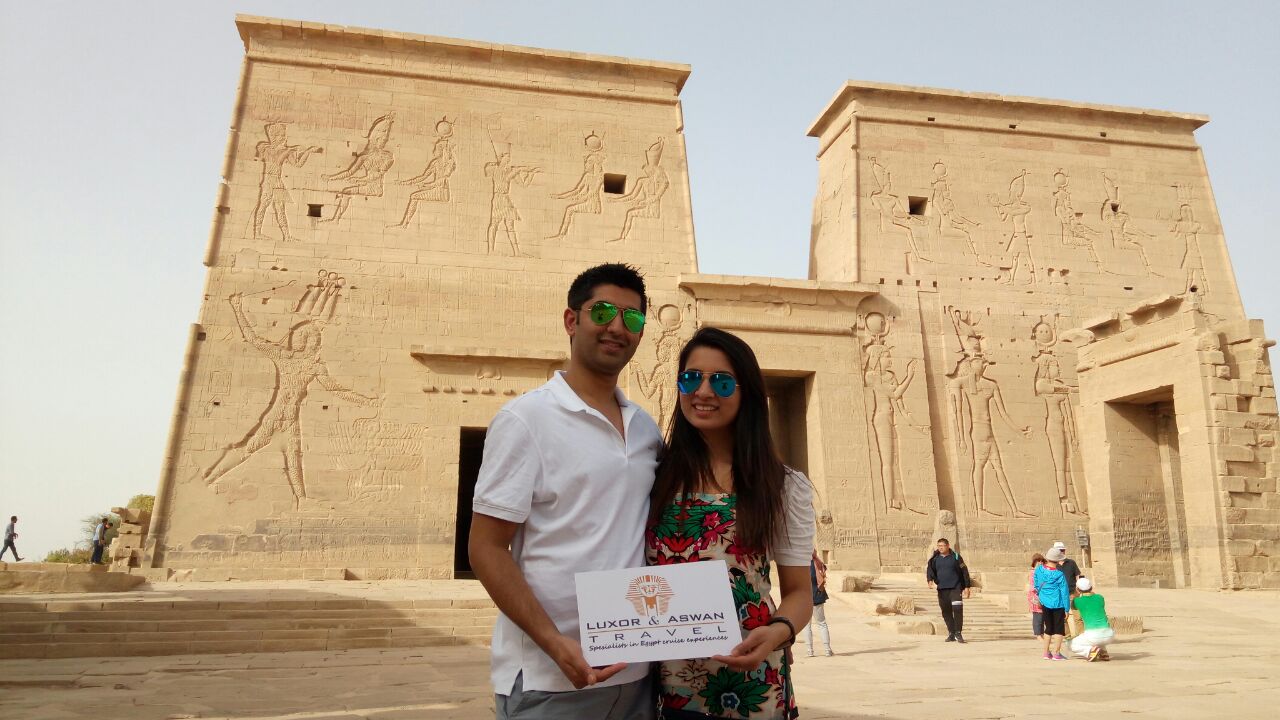
Best Aswan Day Trip Philae and Kalabsha Temples and Nubian Museum with Guide and Lunch Inc Explore the most famous sights in Aswan, Philae Island and Kalabsha temple with v...
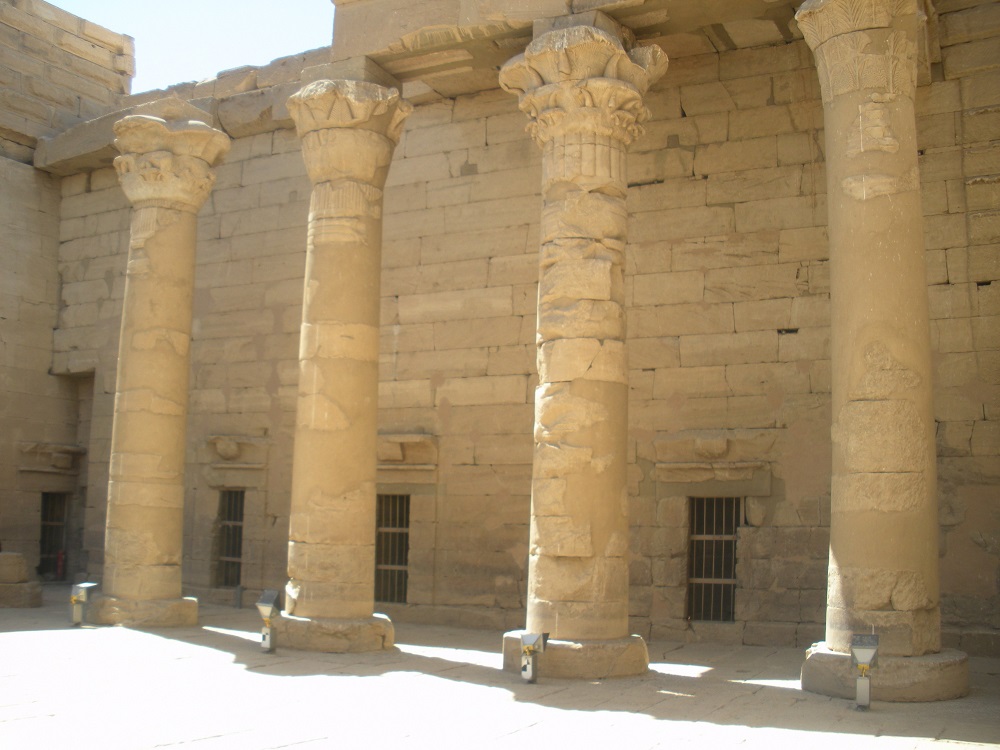
Enjoy your Day Tour Kalabsha Temple and Nubian Museum Aswan. After pick up at your hotel, you will visit the Nubian Museum in Aswan, which houses monuments and artefacts fr...
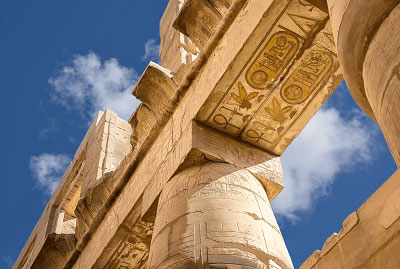
Safaga Shore Excursions Tours: One day tour Safaga to Luxor Visiting the Highlights of luxor West and East Bank that includes a visit to Valley of the Kings, Hatshepsute Te...
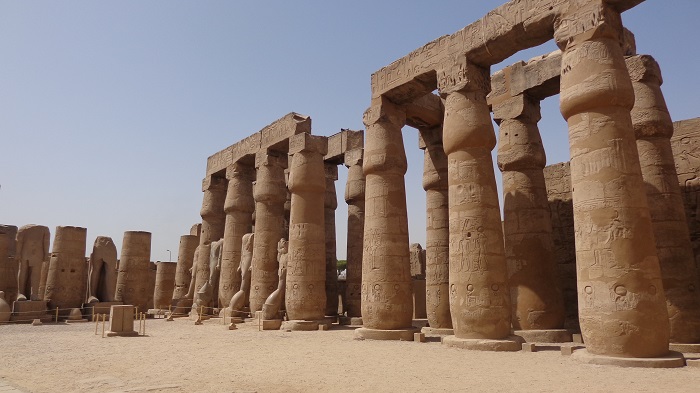
Safaga Shore Excursions: Overnight trip to Luxor from Safaga port visiting Luxor Temple, Karnak temples and Valley of the Kings and more. You are going to have a private to...
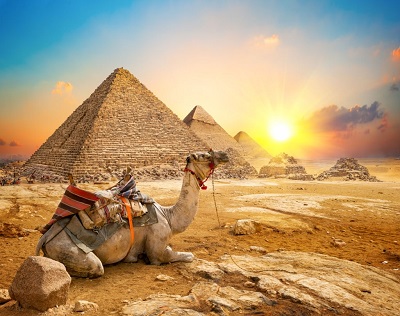
Safaga Shore Excursions: Private tours from Safaga Port Visiting Cairo and luxor for 2 Days 1 night visiting Giza Pyramids in cairo ,Luxor Temple,Valley of Kings and Coloss...
Your entire vacation is designed around your requirements with expert guidance every step of the way.
Speak with our Egypt specialists for your perfect luxury journey.